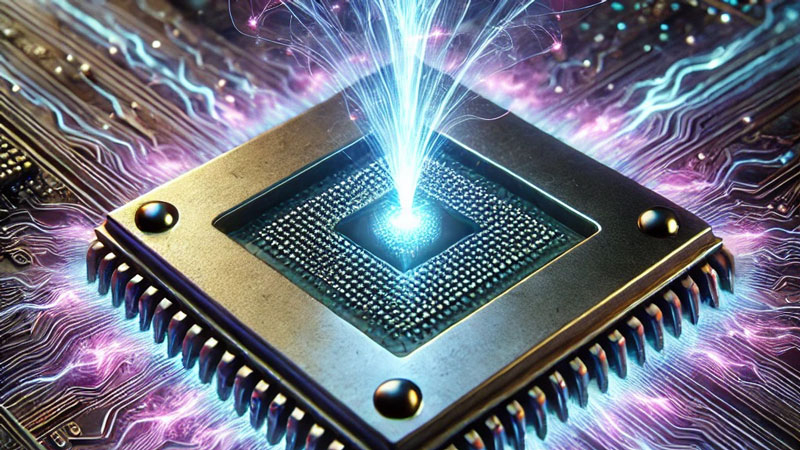When the 3D Nand memory technology was at the dawn of its development, the layers in crystals were much smaller, and the holes of metallization were thicker. Today, the number of layers exceeded 200 and promises to rise to 400 or more. This greatly reduces the speed of processing of the plates with memory, since etching of metallization holes to the entire depth of the swollen crystal greatly inhibits the process of production of chips and does not allow them to reduce their cost. Scientists from the United States tried to help with this and achieved the result.

Image source: AI generation DALL E/3DNews
Partly, the problem of the long -term waste of silicon substrates to a greater depth is the 3D Nand manufacturers solve “gluing” with each other crystals with a smaller number of layers, resulting from a conditionally monolithic chip with hundreds of layers. But it also requires additional time and resources for each individual process, which is poured into considerable costs, and they become additional in the cost of memory chips.
Researchers from Lam Research, Colorado University in Bowlder and Princeton Plasma Physics (PPPL) to optimize the etching process have developed a new approach. To pull holes, they used cryogenic plasma with hydrogen fluoride. In the course of experiments, the etching speed of more than doubled: from 310 nm/min with an old method of up to 640 nm/min with a new approach. They also found that the trapped holes became more accurate.
In the course of further experiments with additives in plasma, other “additives” were also tested during etching, in particular the phosphorus trifluoride and ammonium fluoride and others. With some ingredients, the etching speed increased even more, which promises to lead to new achievements. The team of scientists set out in detail their conclusions in a study published in the journal Journal of Vacuum Science & Technology.
It is still too early to talk about whether this will lead to the cost of cheaper or increased density of Nand chips for consumers. It is necessary to prove the commercial viability of the technology and the possibility of its scaling for mass production. Even if manufacturers introduce this process, there is no guarantee that consumers will feel any savings in their own funds for appropriate purchases.